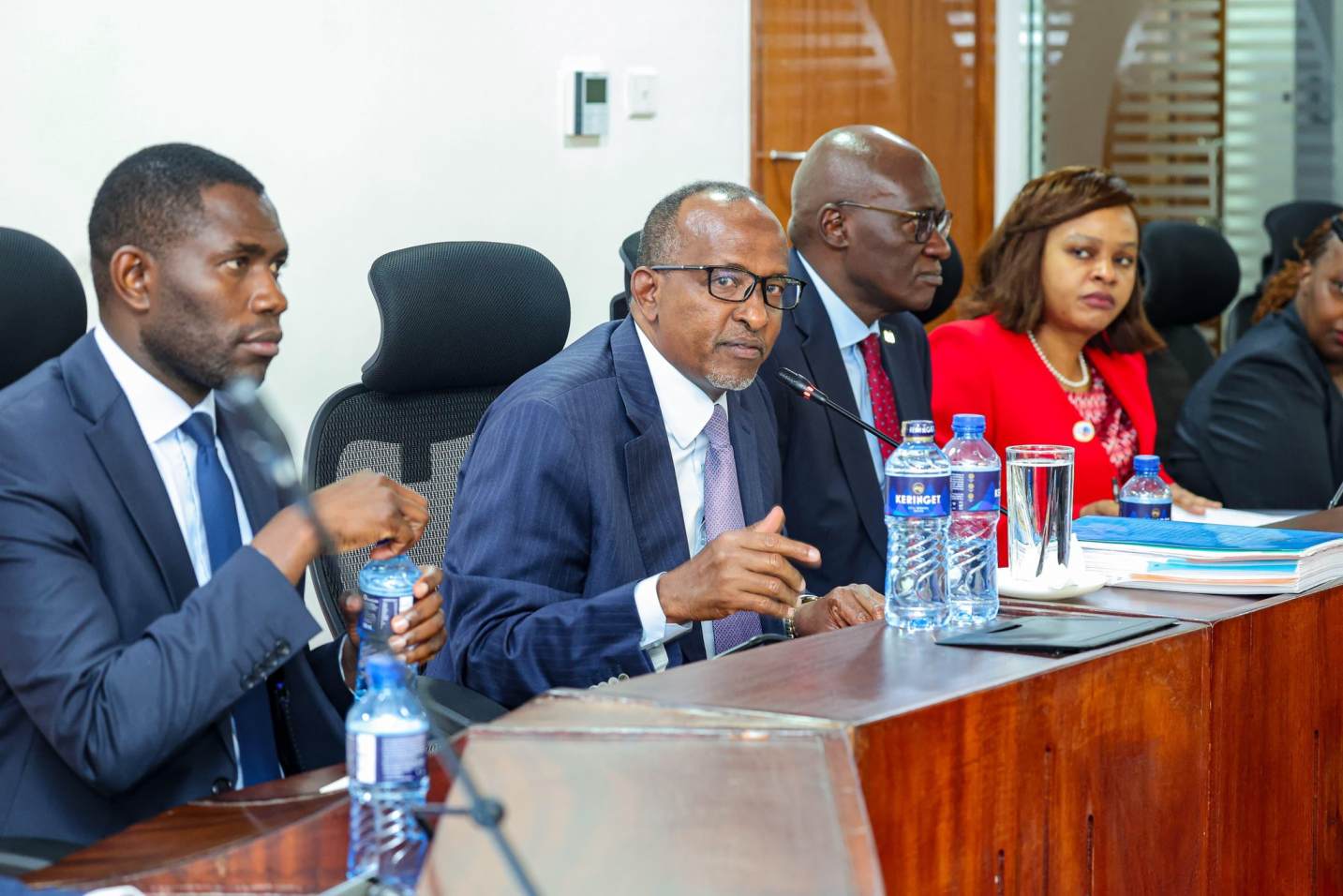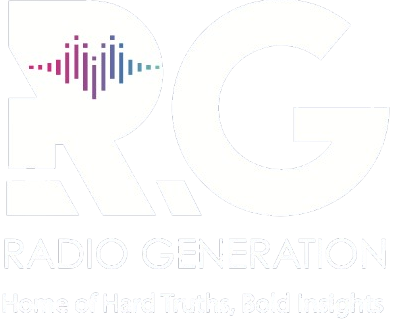Health Cabinet Secretary Aden Duale has lauded the rollout of the Comprehensive Integrated Health Information System (CIHIS) in 24 counties.
The system is a key digital innovation aimed at enhancing the delivery of Universal Health Coverage (UHC) through the Taifa Care programme.
CS Duale highlighted the progress made under the Bottom-Up Economic Transformation Agenda (BETA), saying over 13,000 health workers have already been trained on the new innovation.
He appeared before the National Assembly Health Committee, chaired by James Nyikal (MP, Seme Constituency).
“This is a bold step towards digitizing our health sector and strengthening the entire value chain from patient registration to analytics,” said CS Duale.
“Through CIHIS, we are making healthcare more efficient, accountable, and centered around the needs of our people.”
The Comprehensive Integrated Health Information System is built on the Kenya Health Information Systems Interoperability Framework (KHISIF).
It connects multiple registries and digital health tools including the Kenya Master Health Facility List, client and provider registries, logistics and insurance systems under one national framework.
The goal is to improve data accuracy, ensure seamless sharing of health records, and enable efficient decision-making across all levels of care.
The program has supported the Ministry of Health to actualize the vision of a fully integrated and patient-centric health system.
The interoperability layer will enable health workers to access timely and complete data for diagnosis, treatment, planning, and reporting.
The system ensures the security and privacy of health information in line with the Health Act (2017) and the Data Protection Act (2019).
CS Duale called on all stakeholders including county governments and development partners to continue supporting the ambitious expansion and adoption of the digital shift.
Digital media use in Kenya continues to rise. More Kenyans are online, on social media, and using mobile internet than ever before.
As of 2025, the country has over 68 million active mobile connections according to statistics in Digital 4 Africa’s "State of Digital 2025 report. About 48% of Kenyans are internet users. This means nearly half the population is still offline.
Social media is a big part of daily life. Over 15 million accounts are active, the Digital 2025 Kenya report published by DataReportal observed. “Adults in Kenya spend an average of 3 hours and 43 minutes a day on social platforms. Facebook, WhatsApp, TikTok, and YouTube lead in popularity,” the report said.
The report found that in many parts of the country, internet speeds have improved. Mobile download speeds rose to 29.97 Mbps, while fixed broadband hit 14.54 Mbps.
Despite progress, challenges remain and could cripple an equitable digital shift of the entire country into a digitised healthcare system.
Access in arid and marginalized areas is still limited and many women face barriers to digital access.
According to the Communication Authority of Kenya, these gaps show that more work is needed to achieve full digital inclusion.
It recently launched a Sh3.5 billion Phase IV rollout to install new Base Transceiver Stations (BTS) in underserved regions.
The project targets remote and marginalized communities that still lack mobile network coverage.
It builds on earlier phases of the Universal Service Fund (USF) program, which has already connected over 500 sub-locations across Kenya.
The new phase aims to expand 2G, 3G, and 4G access, improving communication, internet access, and emergency response in hard-to-reach areas.
The CA says the goal is to ensure that no Kenyan is left behind in the digital age. The project is part of its broader push for 100% rural ICT coverage by 2027.

